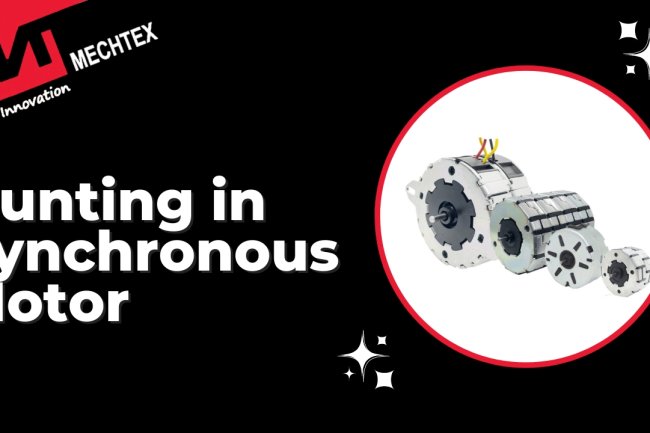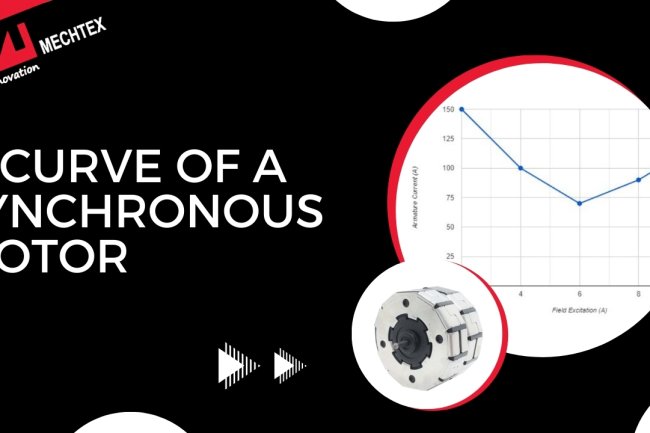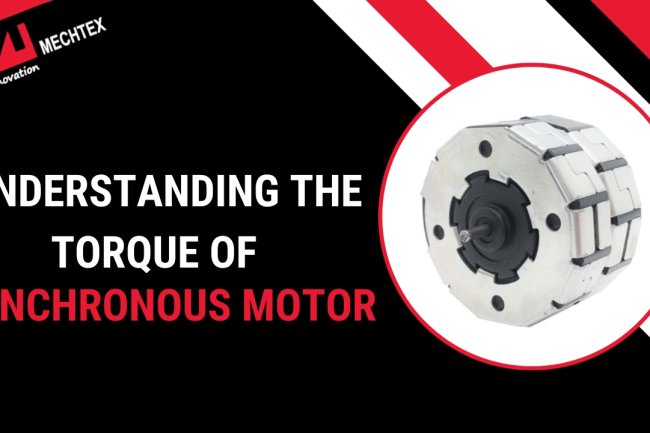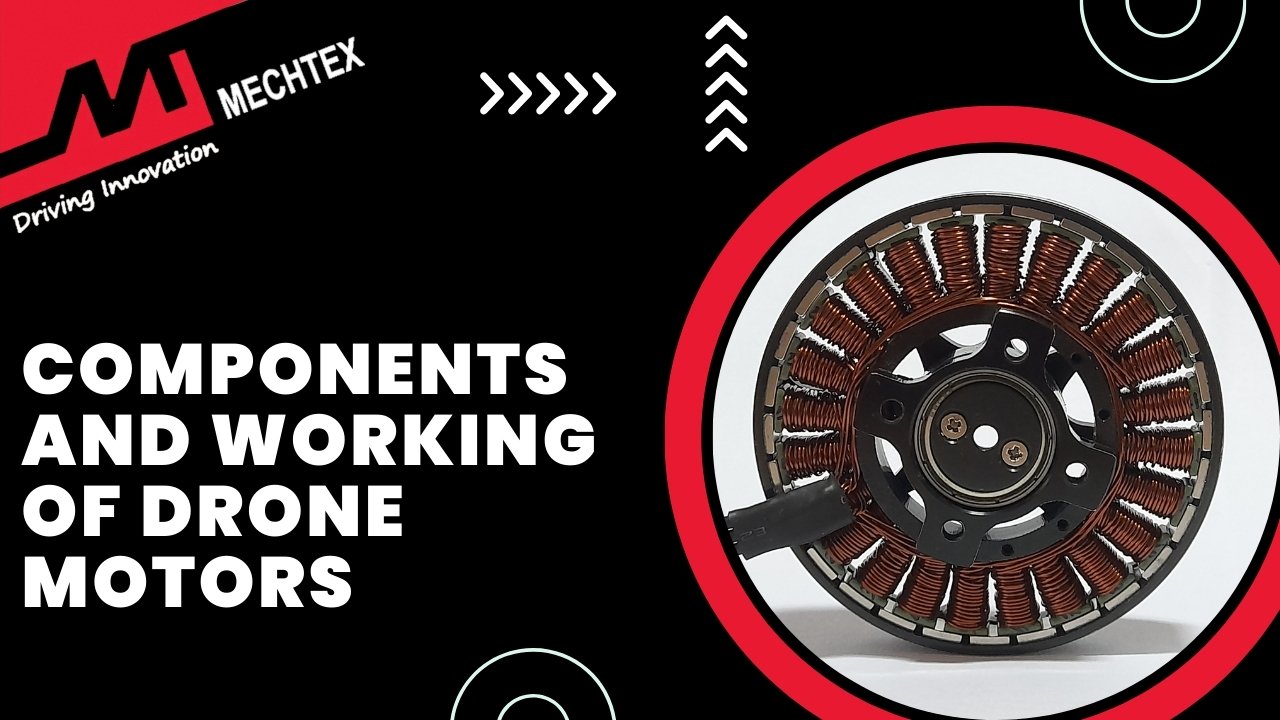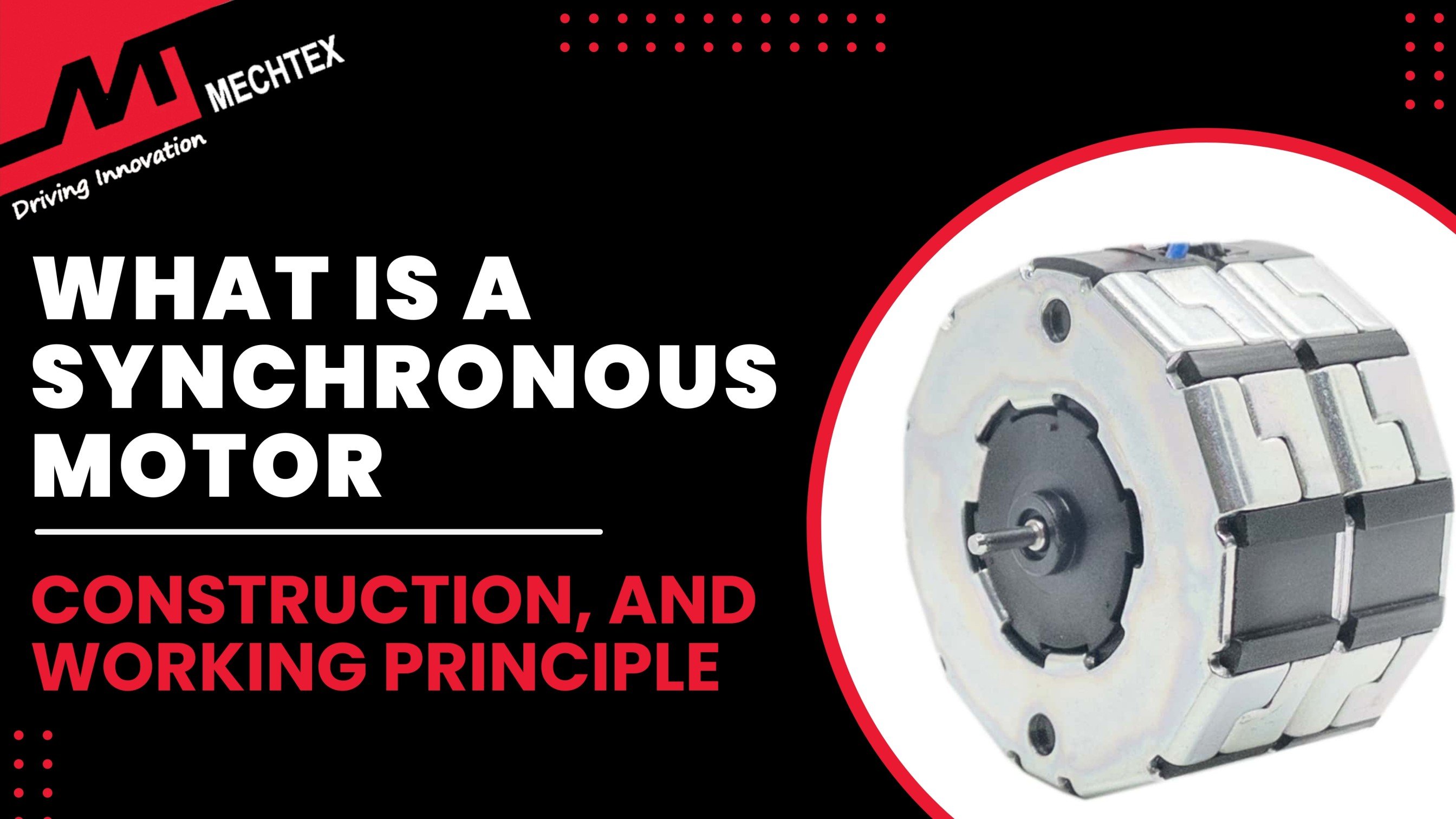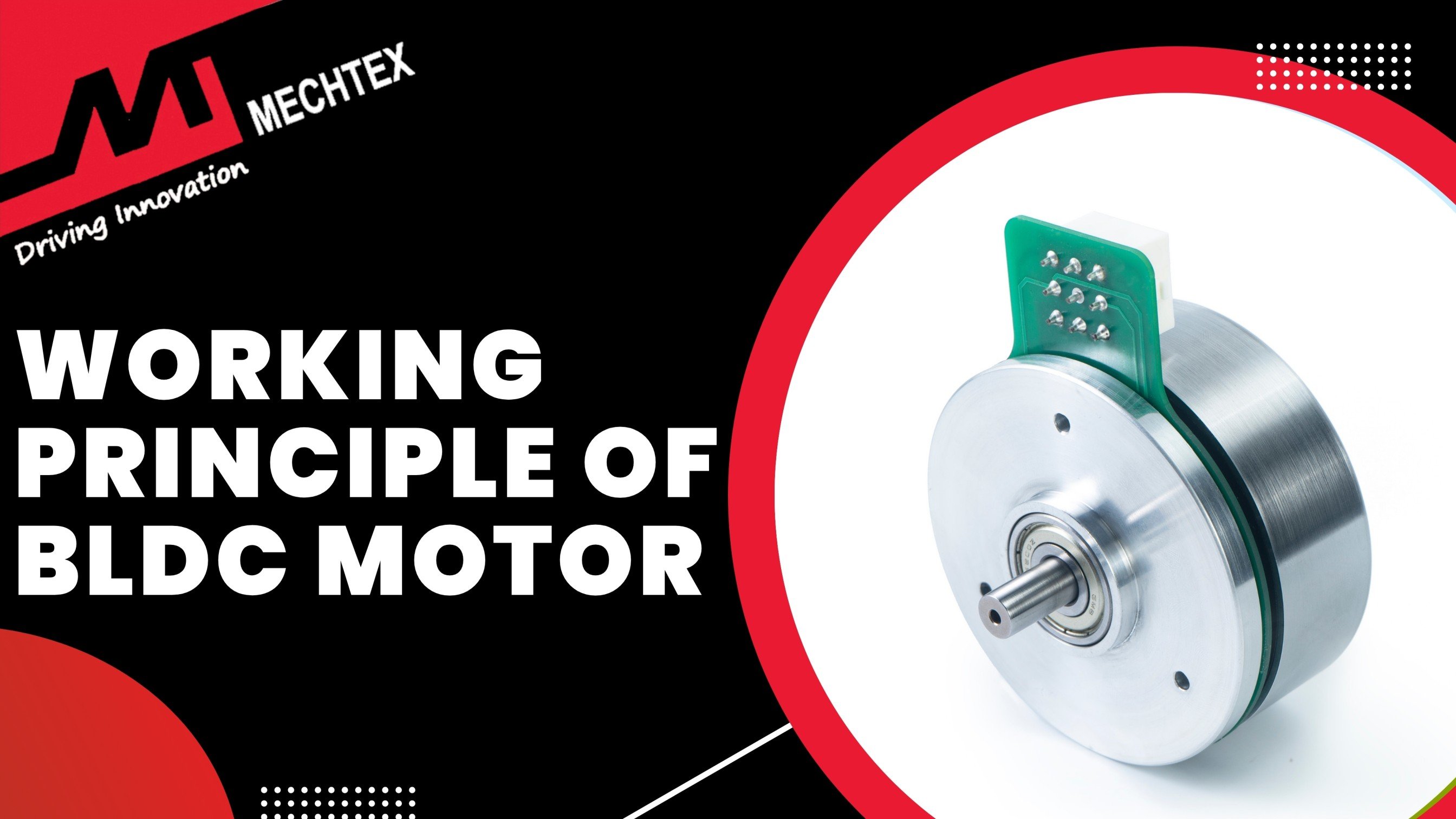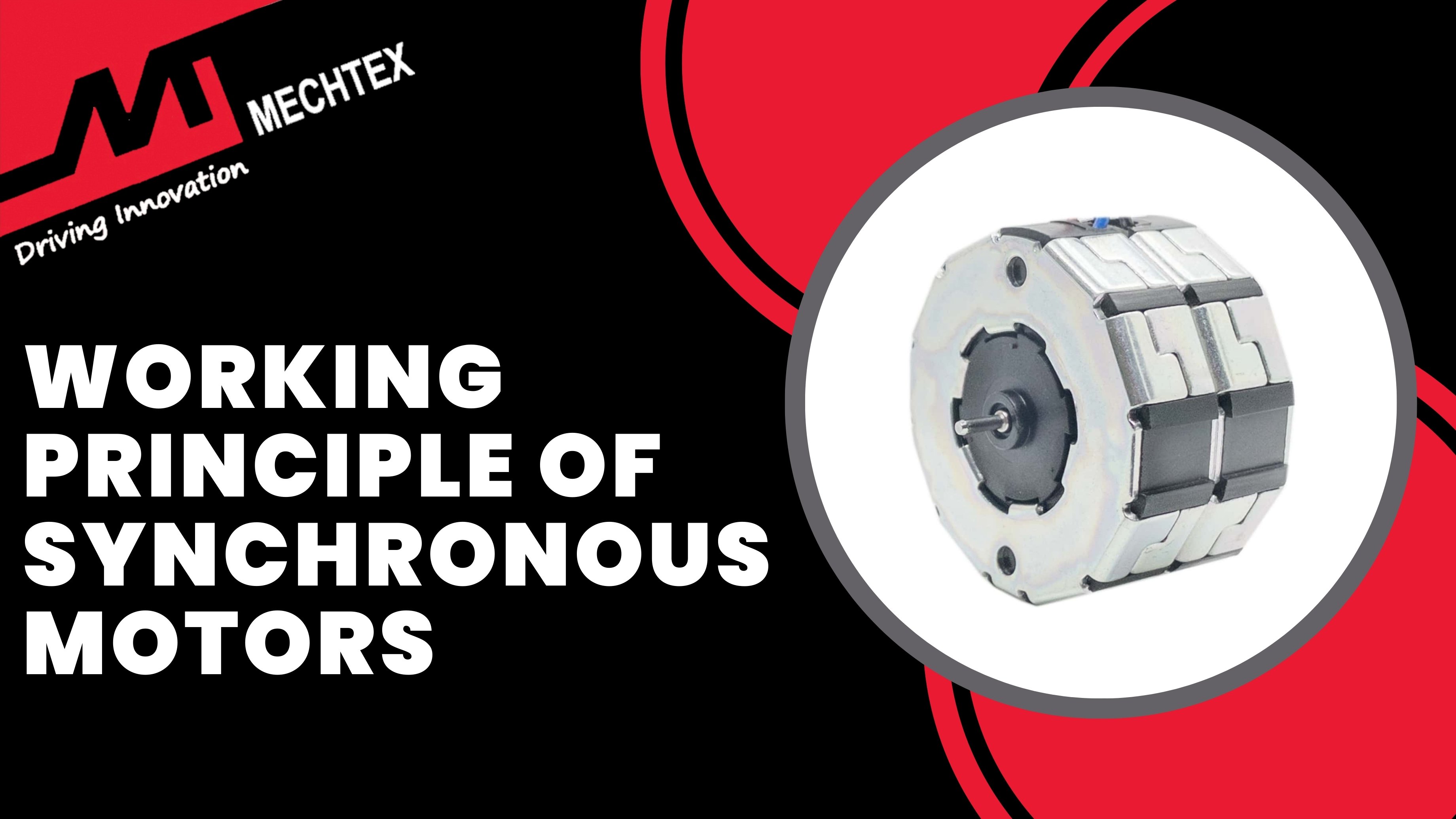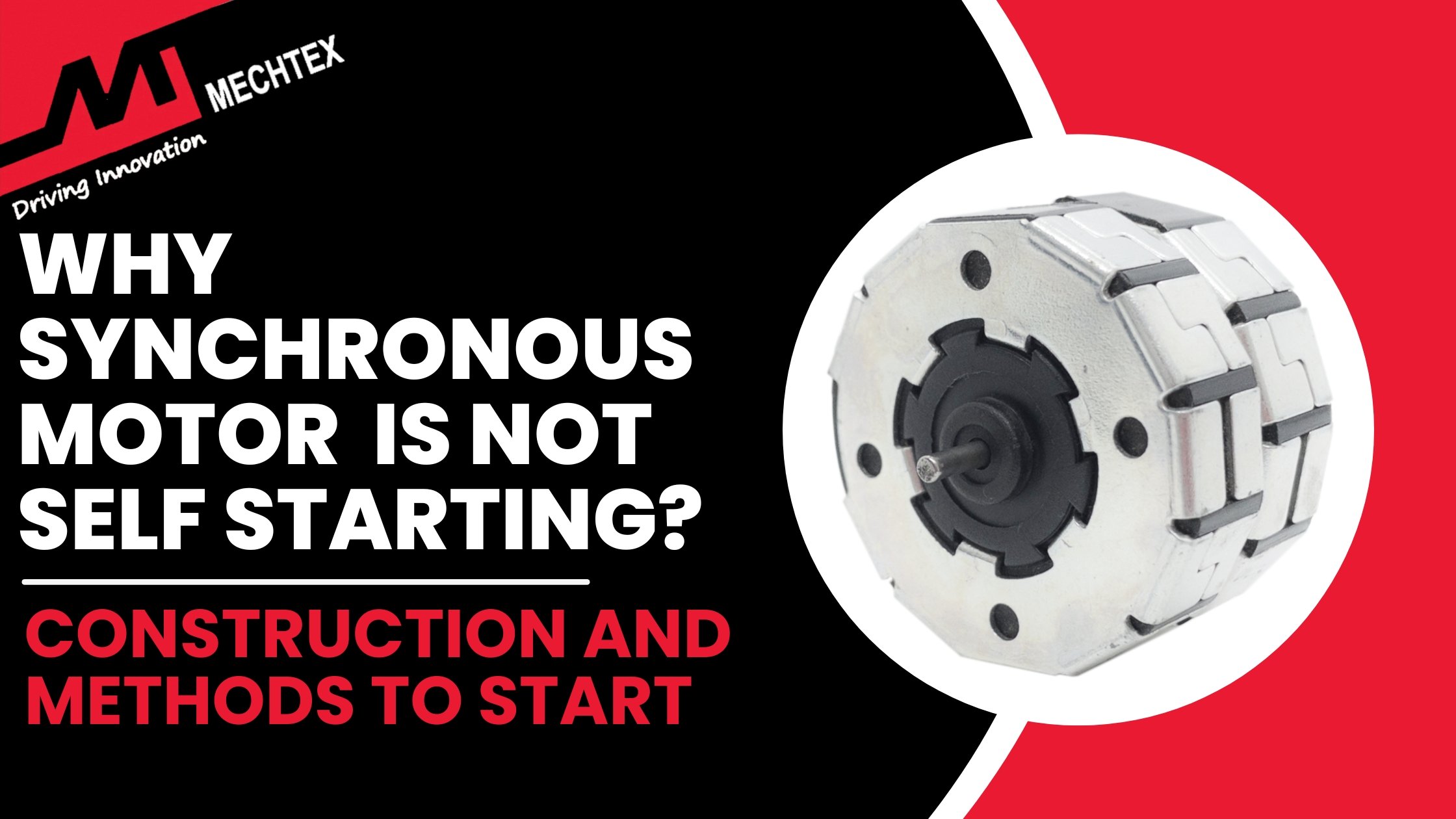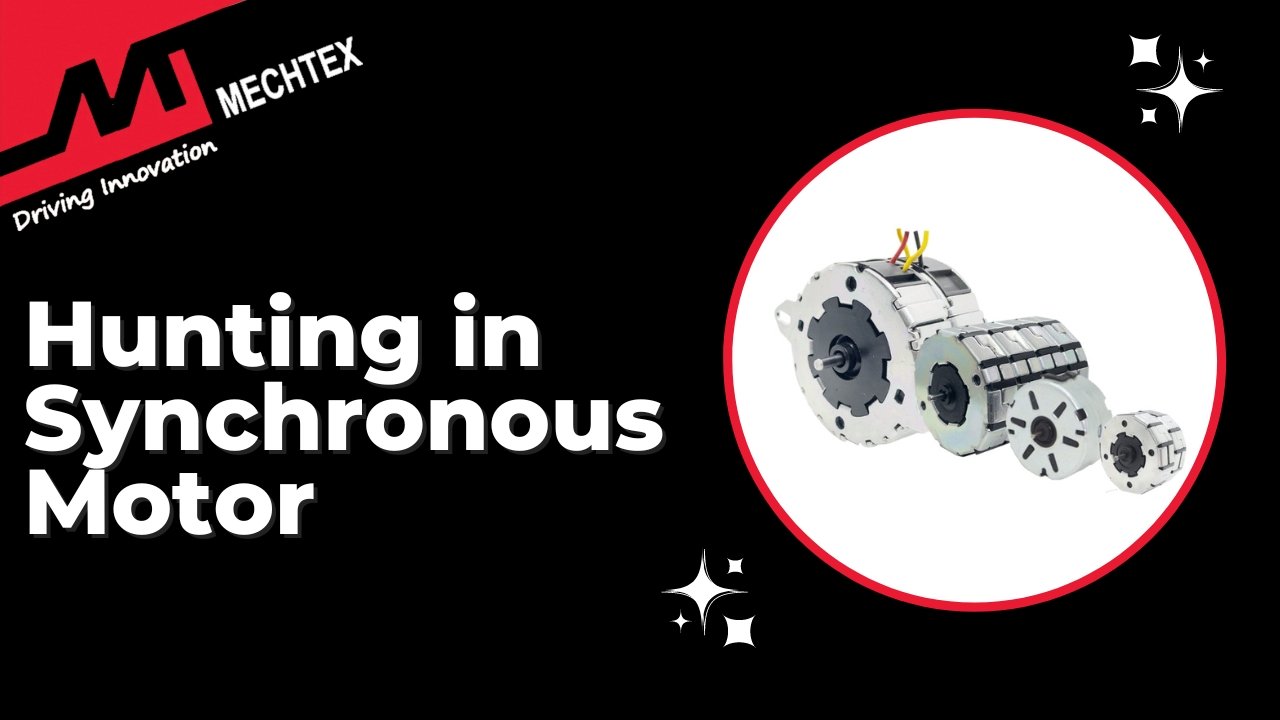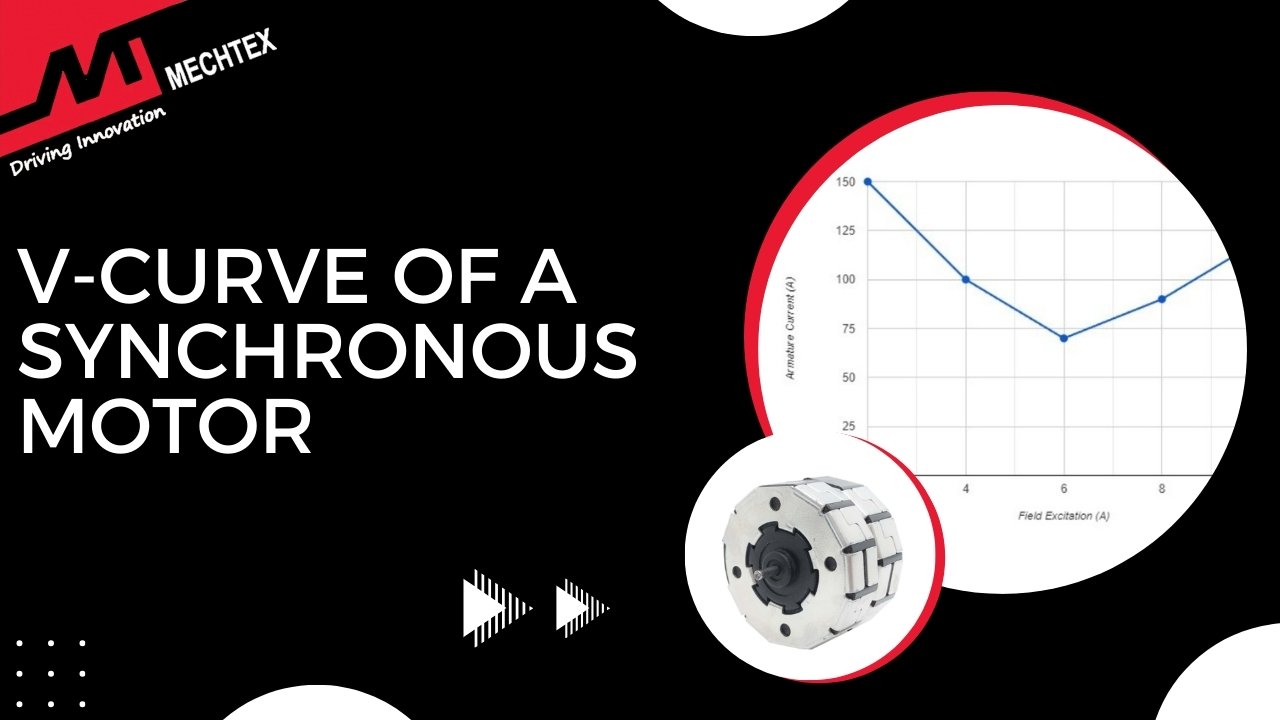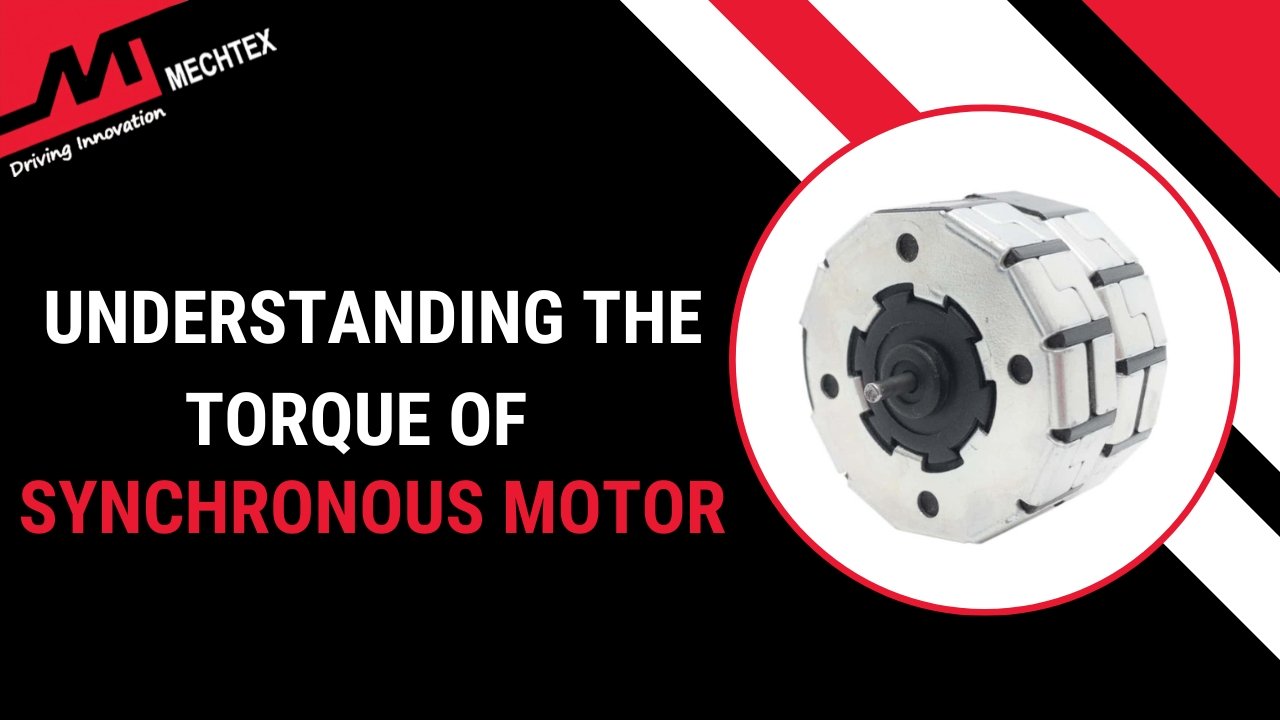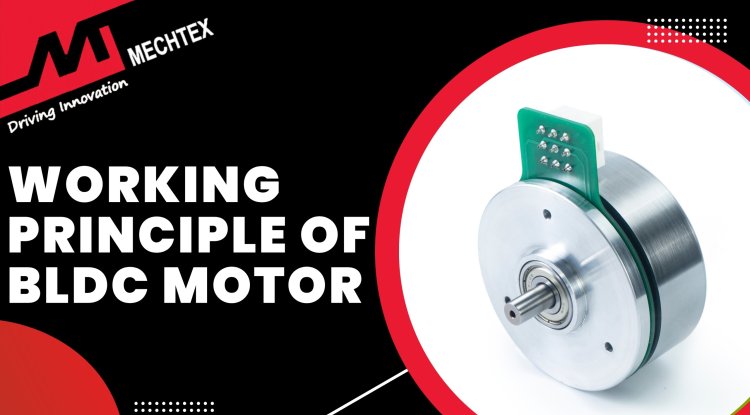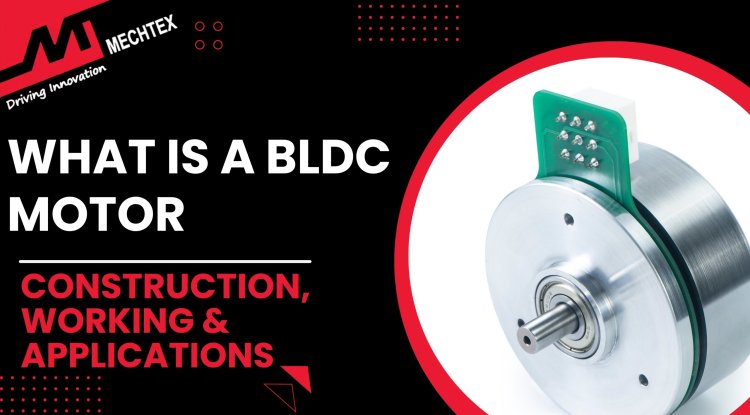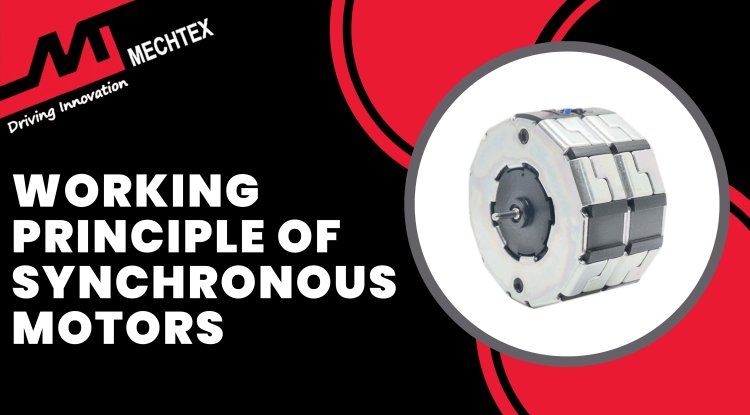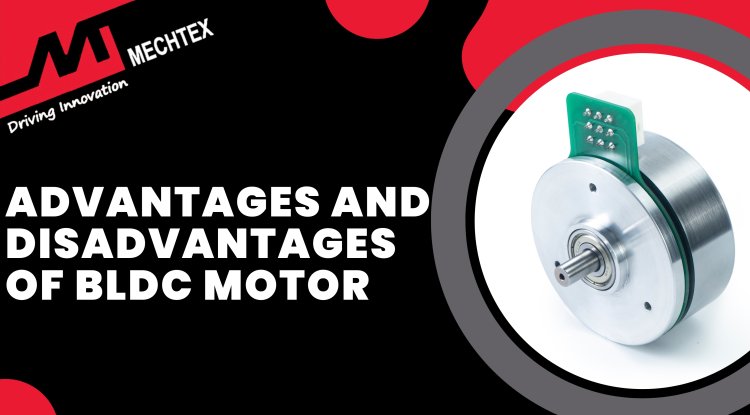The Role of Excitation Systems in Synchronous Motors
The system that enables the synchronous motor to maintain its synchronous speed in correspondence to the frequency of the supply is the excitation system in the synchronous motor. It plays a crucial role in establishing the necessary magnetic field required for effective and efficient operation.
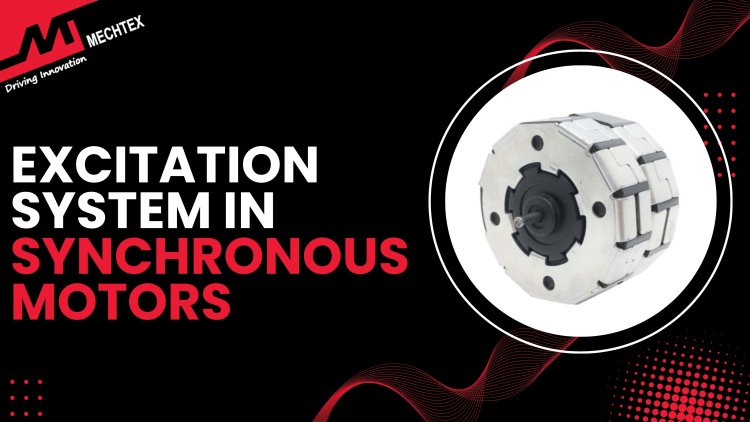
What is a Synchronous Motor?
A synchronous motor is an AC motor known for operating at a constant speed synchronised with the frequency of supply. It is commonly used in industrial applications because of its ability to maintain constant speed under varying load conditions.
The construction of a synchronous motor has two primary components: stator and rotor. The stator is the stationary part of the motor and consists of three-phase windings. When these windings are energised they create a rotating magnetic field. The rotor is the rotating part of the synchronous motor and consists of either permanent magnets or electromagnets. The rotor is energised with an external DC source to create its magnetic field.
Watch the YouTube Video by "JAES Company" to gain a deep insight into the workings of synchronous motors.
The synchronous motor works on the principle of interaction between magnetic fields. When the stator is energised with an AC supply it creates a rotating magnetic field (RMF). The rotor consists of permanent magnets energised with an external DC source and creates its magnetic field. The rotor interacts with the stator’s magnetic field and locks itself until it reaches the synchronous speed and operates efficiently.
This characteristic makes synchronous motors ideal for applications where precise speed control is required such as industrial applications, power generation plants, conveyor belts and other applications.
Also Read
What is a Synchronous Motor? | Construction, Working Principle and Applications
What is an Excitation System in a Synchronous Motor?
The excitation system in a synchronous motor is responsible for supplying the Direct Current to the rotor winding which generates the magnetic field required for synchronisation. In simple terms, the excitation system in the synchronous motor is the system that enables the synchronous motor to maintain its synchronous speed in correspondence to the frequency of supply.
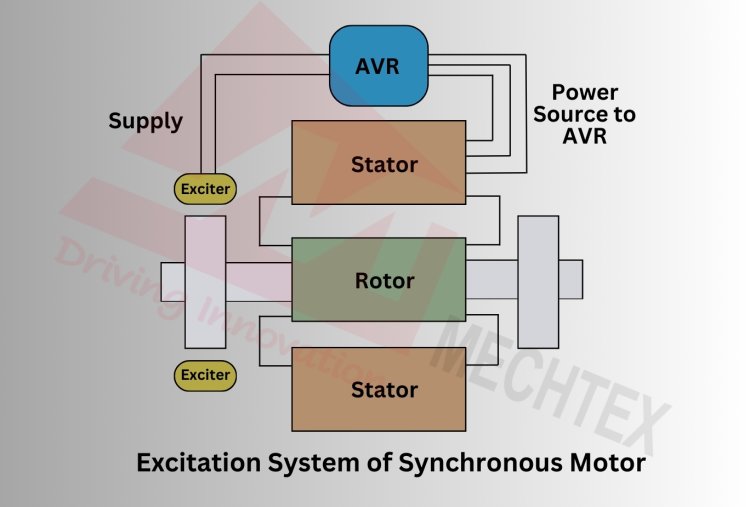
Without the excitation system, the rotor of the synchronous motor is unable to establish the magnetic poles needed to interact with the stator’s magnetic field to maintain constant speed. It means the synchronous motor would fail to start or not achieve its synchronised speed required for steady performance.
Types of Excitation System
Based on their DC power, synchronous motor excitation is broadly classified into two types: Static excitation systems and Rotating excitation systems.
- Static Excitation System
In a static excitation system, an external static rectifier provides the necessary DC power to the rotor winding. The Alternate Current from the main supply is converted into Direct Current using solid-state devices such as diodes and thyristors. Static Excitation System is commonly used in modern synchronous motors due to their high efficiency, compact design and easy control.
- Rotating Excitation System
The rotating excitation system consists of a DC generator mounted on the shaft of the motor’s rotor. The DC generator supplies the excitation current directly to the rotor winding. The rotating excitation system is commonly used in traditional synchronous motors while rotating exciters are used in old synchronous motors.
Key Roles of Excitation System
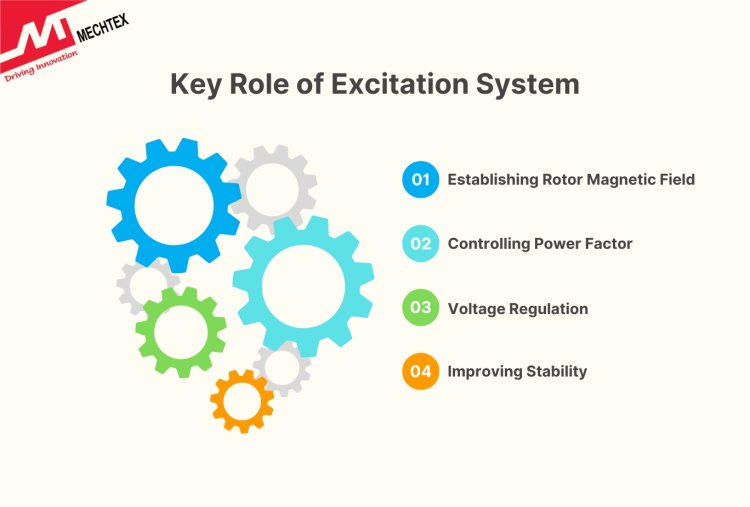
- Establishing Rotor Magnetic Field
The primary function of the excitation system in a synchronous motor is to create a stable magnetic field in the rotor. This magnetic field must be strong enough to interact with the stator’s magnetic field to ensure that the rotor rotates at constant speed.
- Controlling Power Factor
The excitation system directly influences the power factor of the synchronous motor by controlling the current supplied to the rotor. By adjusting the current of the rotor, operators can adjust the power factor to improve the motor’s efficiency. Over-excitation leads to the leading power factor, while under-excitation leads to the lagging power factor.
- Voltage Regulation
The excitation system helps the synchronous motor to maintain its voltage within the limits. During the load variation, the excitation system adjusts the current to compensate for voltage dips or surges, to ensure stable motor operation.
- Improving Stability
The excitation system enhances the stability of the synchronous motor. Under fluctuating load conditions, the excitation system adjusts the field current to prevent rotor instability or loss of synchronism.
Impacts of Excitation System on Synchronous Motor
- Starting of Synchronous Motor
Unlike induction motors, synchronous motors are not self-starting. They need a separate mechanism to bring the rotor up to the synchronous speed before using an excitation system. In many cases, the synchronous motor initially runs using damper windings and once it reaches synchronous speed, the excitation system works to lock the rotor in synchronism with the stator’s magnetic field.
- Torque and Load Management
The torque developed by the synchronous motor depends upon the magnitude of the rotor’s magnetic field and its alignment with the stator's magnetic field. By adjusting the excitation, the torque can be controlled to meet the varying load conditions. Under excitation leads to a decrease in torque and causes the synchronous motor to lose its synchronism.
- Efficiency and Losses
Proper Excitation minimises the power loss in synchronous motors. An over-excited synchronous motor may produce more magnetic flux and lead to high power loss. Meanwhile, an under-excited synchronous motor could suffer from reduced torque and increased stator currents.
Conclusion
Excitation systems are vital for the effective and efficient operation of synchronous motors. They play a central role in establishing the necessary magnetic field, controlling the power factor, regulating voltage, and ensuring the motor remains in synchronism. Modern developments in excitation technology have improved the reliability and performance of synchronous motors, making them suitable for a wide range of industrial applications.
Understanding the role and impact of excitation systems is crucial for optimising motor performance and ensuring longevity. By maintaining the right balance of excitation, synchronous motors can provide consistent and efficient performance in both steady-state and dynamic load conditions.

